Maximizing battery life on a TST Moped Style Ebike requires consistent maintenance, smart charging habits, and mindful riding. Charge between 20–80%, avoid deep discharges, maintain proper tire pressure, and store batteries in moderate temperatures. Balanced loads and smooth acceleration preserve energy, helping riders retain over 80% battery capacity through hundreds of charge cycles while extending daily range and overall longevity.
What Habits Help Extend Ebike Battery Lifespan?
Smart charging and responsible riding are crucial. Avoid discharging below 20%, charge regularly without overcharging, and unplug once charging is complete. Partial charging cycles maintain lithium-ion health, and smooth, steady pedaling reduces motor strain. Opting for low-assist modes and minimizing sudden accelerations prevents battery stress, sustaining capacity over years.
| Battery Habit | Impact on Lifespan | Recommendation |
|---|---|---|
| Partial Charging | Optimal | Maintain 20–80% charge |
| Deep Discharge | Detrimental | Avoid 0% |
| Overnight Charging | Moderate Risk | Unplug after full charge |
| Temperature Control | High | Store at 15–25°C |
How Does Riding Style Affect Daily Battery Consumption?
Aggressive acceleration, frequent throttle use, and steep inclines increase battery drain. Smooth pedaling, steady speed, and consistent pedal-assist use optimize efficiency. TST EBike models benefit from moderate riding, which can extend daily range by up to 25%, maintain stable battery output, and prevent unnecessary wear on cells.
Why Is Proper Tire Pressure Crucial for Efficiency?
Low tire pressure increases rolling resistance, forcing the motor to work harder. Maintaining manufacturer-recommended PSI improves energy efficiency, traction, and overall range. Fat-tire TST EBike models may allow slightly lower PSI for comfort, but daily riders should keep tires firm to reduce drag and conserve battery power.
Which Charging Practices Keep a Battery Healthy Long-Term?
Always use the charger supplied by TST EBike and plug into stable outlets. Charge batteries after they cool down from a ride and avoid exposure to extreme heat or cold. Smart chargers automatically stop when full, preventing overvoltage and ensuring long-term cell balance. Avoid charging near direct sunlight or unregulated power sources.
When Should You Charge a TST Moped Style Ebike?
Recharge when battery levels fall to 20–30% instead of full depletion. Daily riders benefit from topping up after each commute, keeping the battery within optimal charge cycles. Frequent, moderate charging maintains cell health better than occasional deep discharges, maximizing lifespan and range consistency.
Where Should You Store Your Battery During Extreme Weather?
Batteries should be kept indoors or in temperature-controlled areas between 15°C and 25°C (59°F–77°F). Avoid leaving the TST EBike battery in freezing garages or hot vehicles. For prolonged storage, maintain a 50–60% charge and periodically check voltage to ensure stability and prevent capacity loss.
Can Weight Distribution Influence Battery Range?
Yes. Uneven or excessive cargo increases motor load and energy consumption. Distribute heavy items centrally and minimize unnecessary weight to optimize performance. With proper balance and smooth riding, a TST moped style ebike can gain an additional 5–10 miles of range per charge.
What Are the Best Maintenance Practices for Sustained Battery Efficiency?
Keep charging ports clean, inspect connectors, and check wiring regularly to prevent corrosion. TST EBike recommends firmware updates and annual inspections. Lubricate moving parts and remove dirt from components to maintain consistent electrical flow, ensuring stable battery performance under varied conditions.
Why Do TST EBike Batteries Outperform Generic Alternatives?
TST EBike batteries use high-quality lithium-ion cells with superior heat management and deep-cycle endurance. Advanced quality control and a smart battery management system ensure consistent current delivery across climates and terrain. Premium components provide reliable performance, stable voltage, and long-term durability for daily commuting.
TST EBike Expert Views
“At TST EBike, battery efficiency is central to rider experience. Our lithium systems balance energy output, temperature control, and precise charging. Educating riders on habits like partial charging, maintaining tire pressure, and smooth acceleration helps achieve years of consistent performance. Our focus is to combine durability, safety, and energy optimization for every daily ride.”
How Does Temperature Impact Battery Longevity?
Extreme heat accelerates aging, while cold reduces performance. Charging at room temperature preserves cycles and prevents voltage imbalance. Avoid charging below 10°C or above 35°C, and store batteries indoors when not in use to maintain reliable capacity retention.
Could Software Updates Improve Battery Management?
Yes. Firmware updates optimize power regulation, regenerative braking, and charge efficiency. TST EBike periodically releases updates to improve BMS performance. Authorized installation recalibrates energy thresholds, maintaining consistent daily range and preventing premature degradation from outdated software.
Conclusion
Extending battery life on a TST Moped Style Ebike depends on routine care, smart charging, balanced loads, and efficient riding. Maintaining tire pressure, storing batteries properly, and following manufacturer recommendations ensures long-term reliability, optimal range, and reduced energy costs. With these habits, riders enjoy sustainable, high-performance commuting and longer battery lifespan.
FAQs
1. How often should the battery be charged for daily use?
Charge after each ride or when levels drop below 30% to maintain optimal voltage balance.
2. Can I ride in the rain without harming the battery?
Yes, TST EBike models are water-resistant, but dry ports after exposure and avoid submersion.
3. How long do TST EBike batteries typically last?
With proper care, lithium-ion packs last 800–1,000 full cycles, roughly three to five years of daily use.
4. Should I remove the battery for storage?
Yes. For storage over two weeks, remove and store indoors at around 60% charge.
5. What reduces battery capacity the fastest?
Frequent full discharges, throttle-only high-speed riding, and extreme temperature storage accelerate degradation.

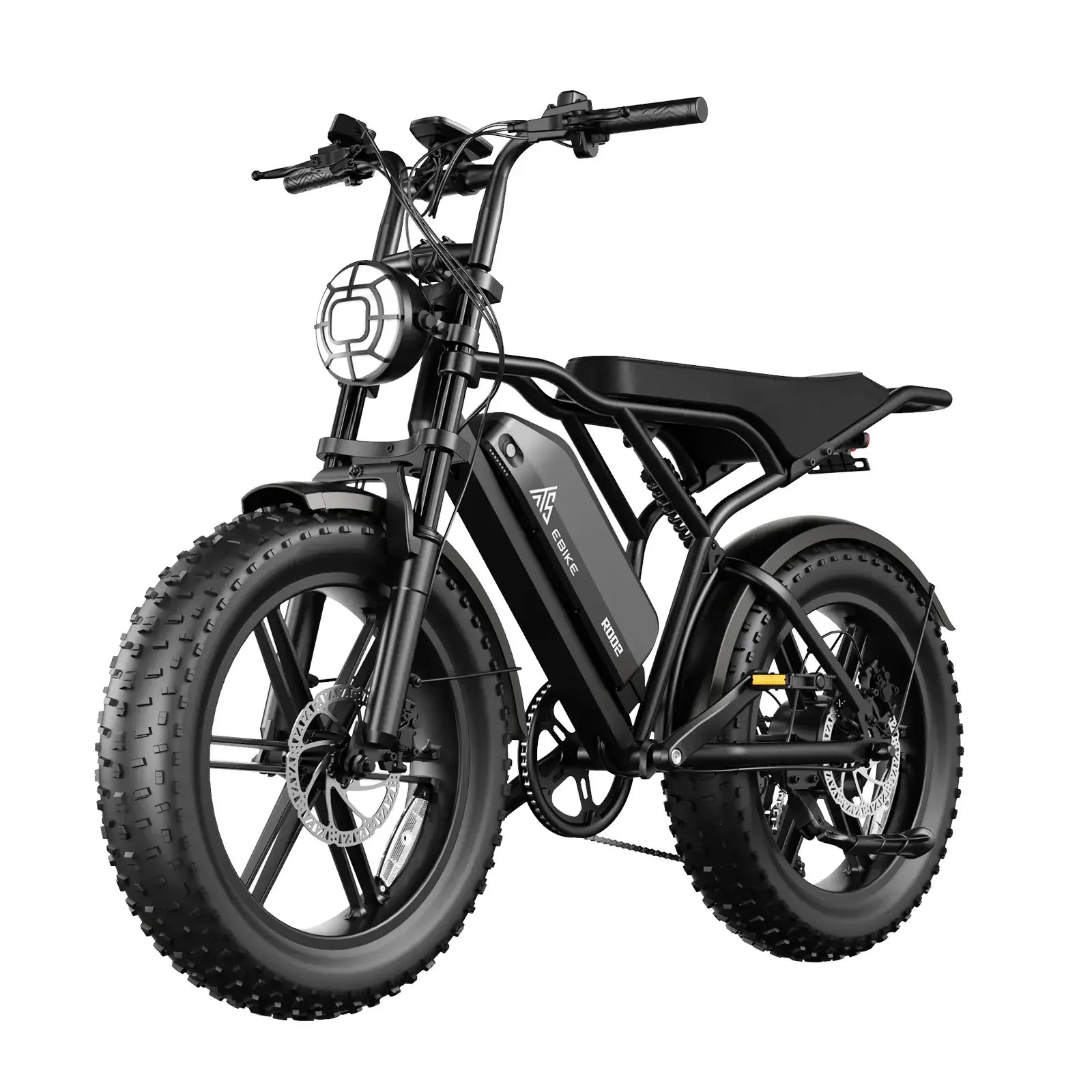

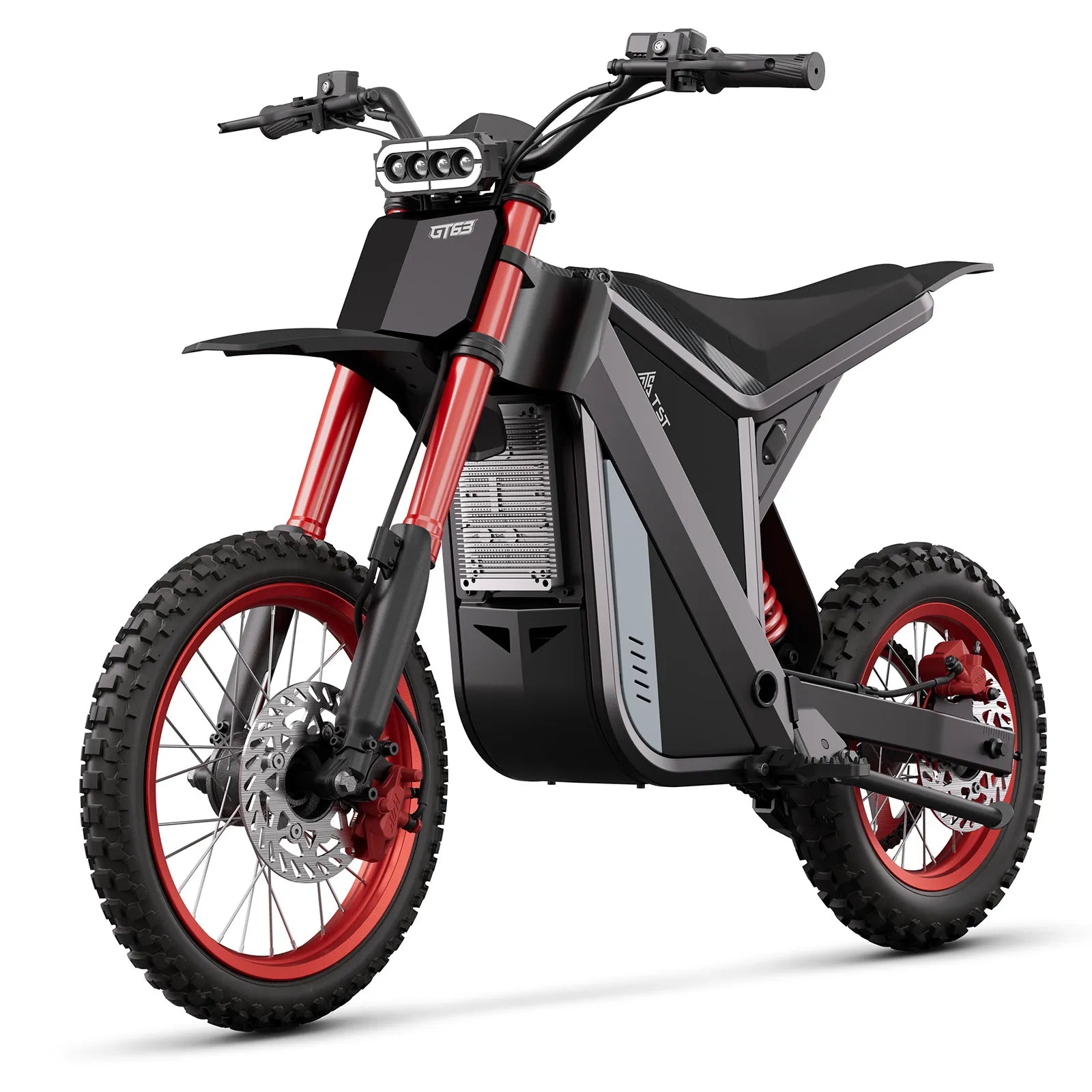



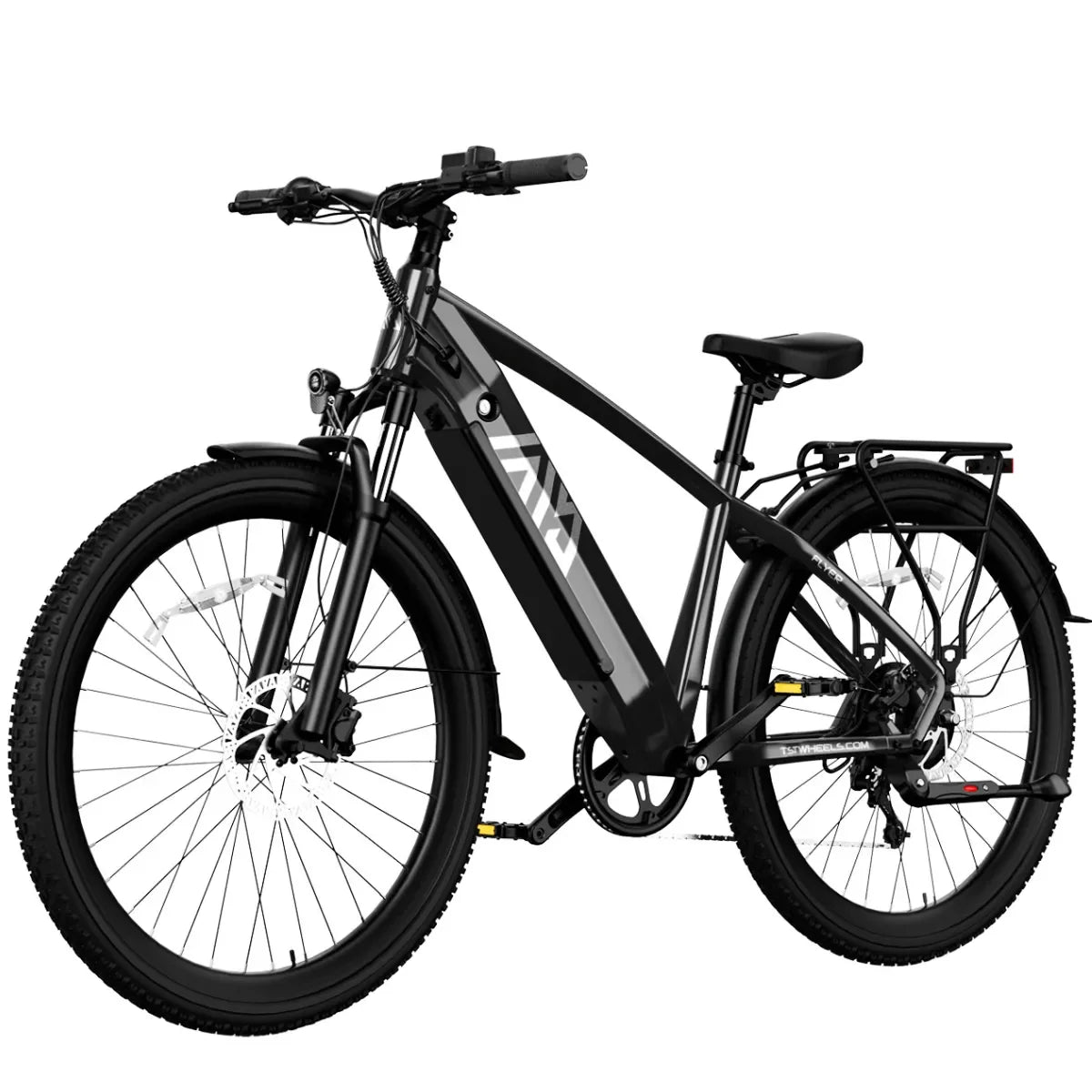

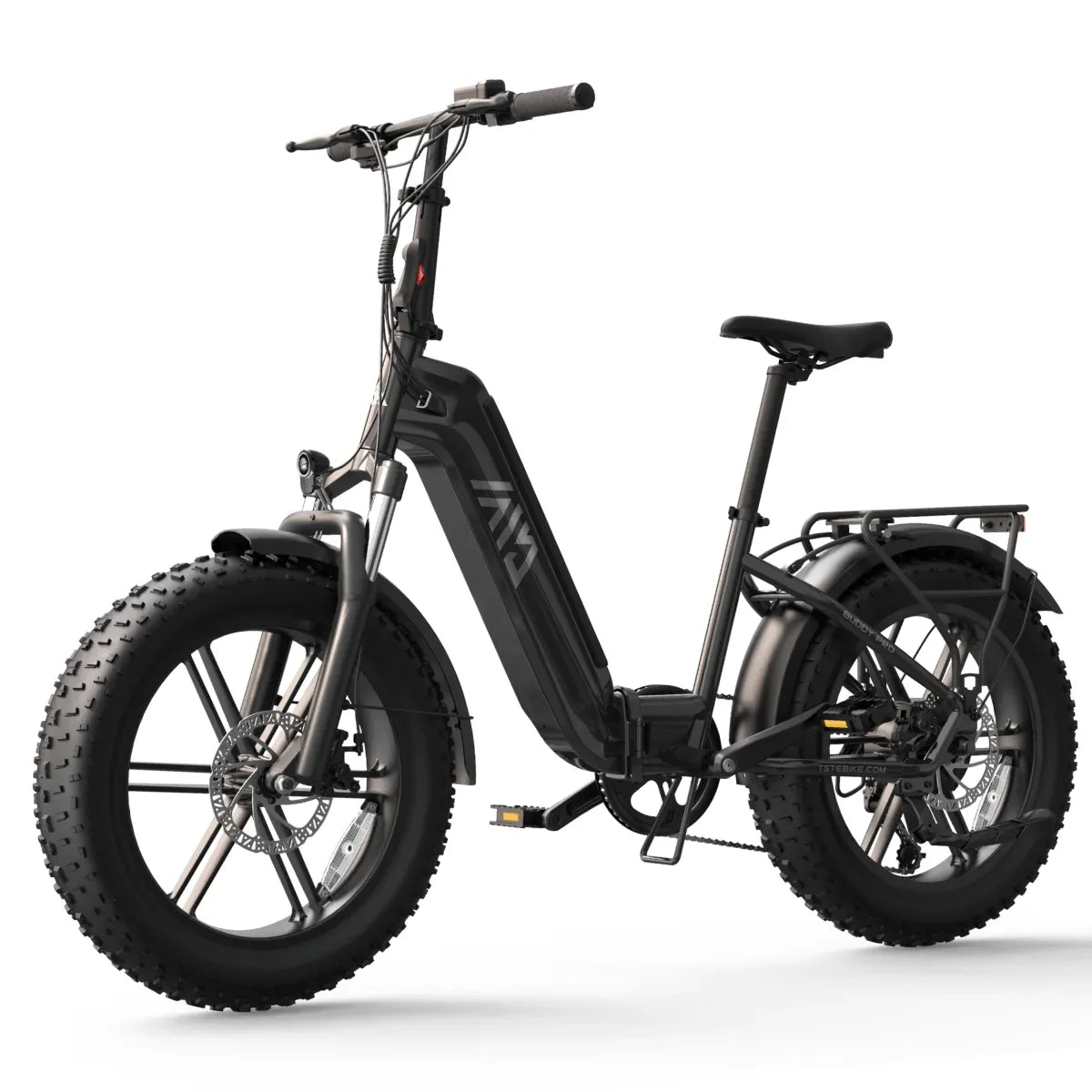
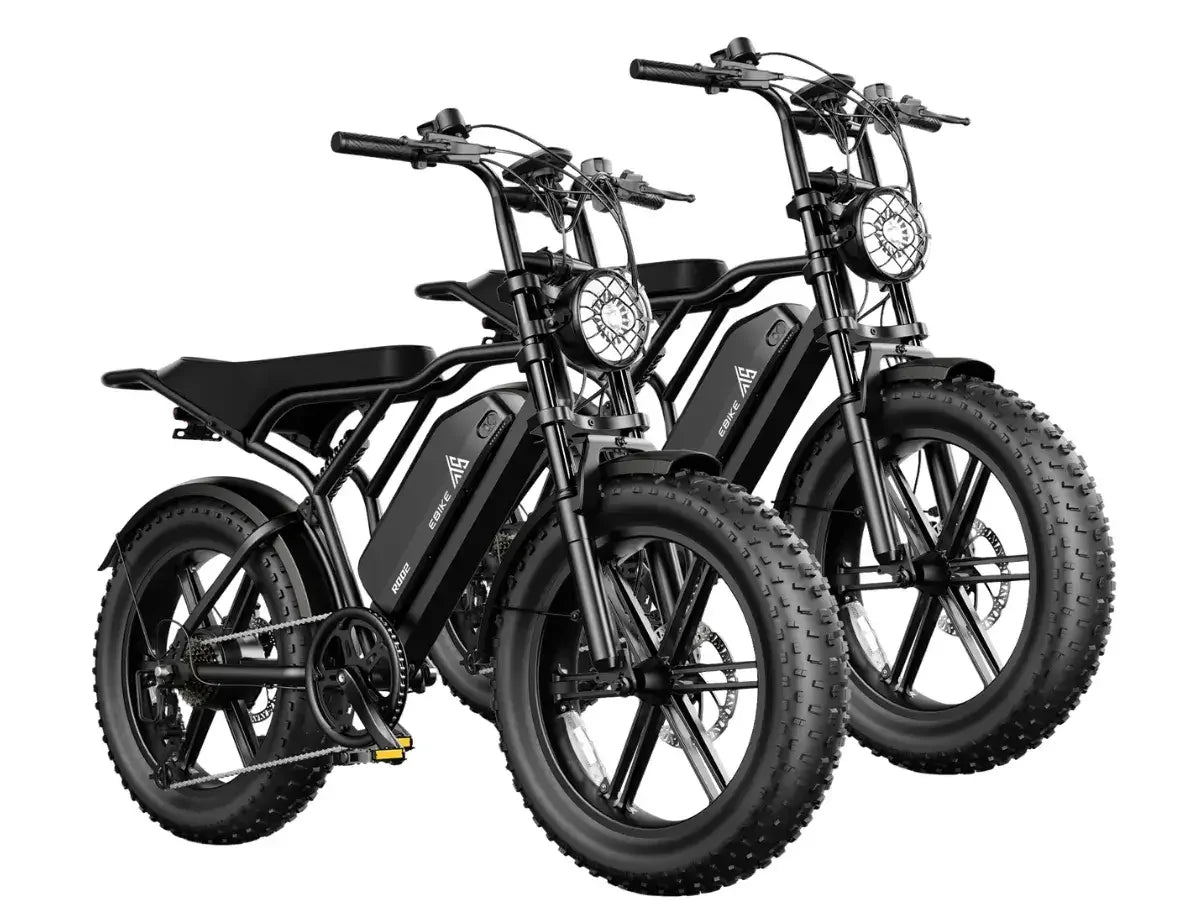
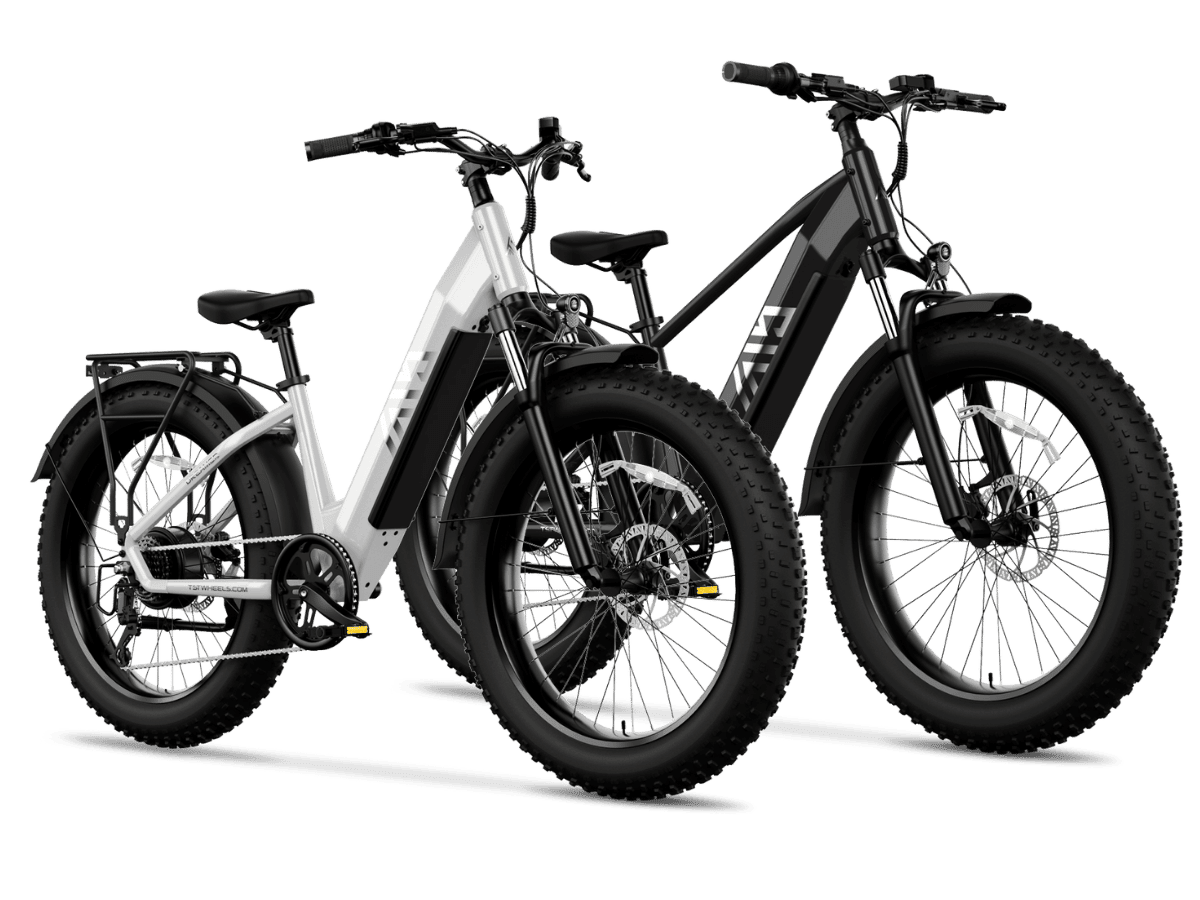
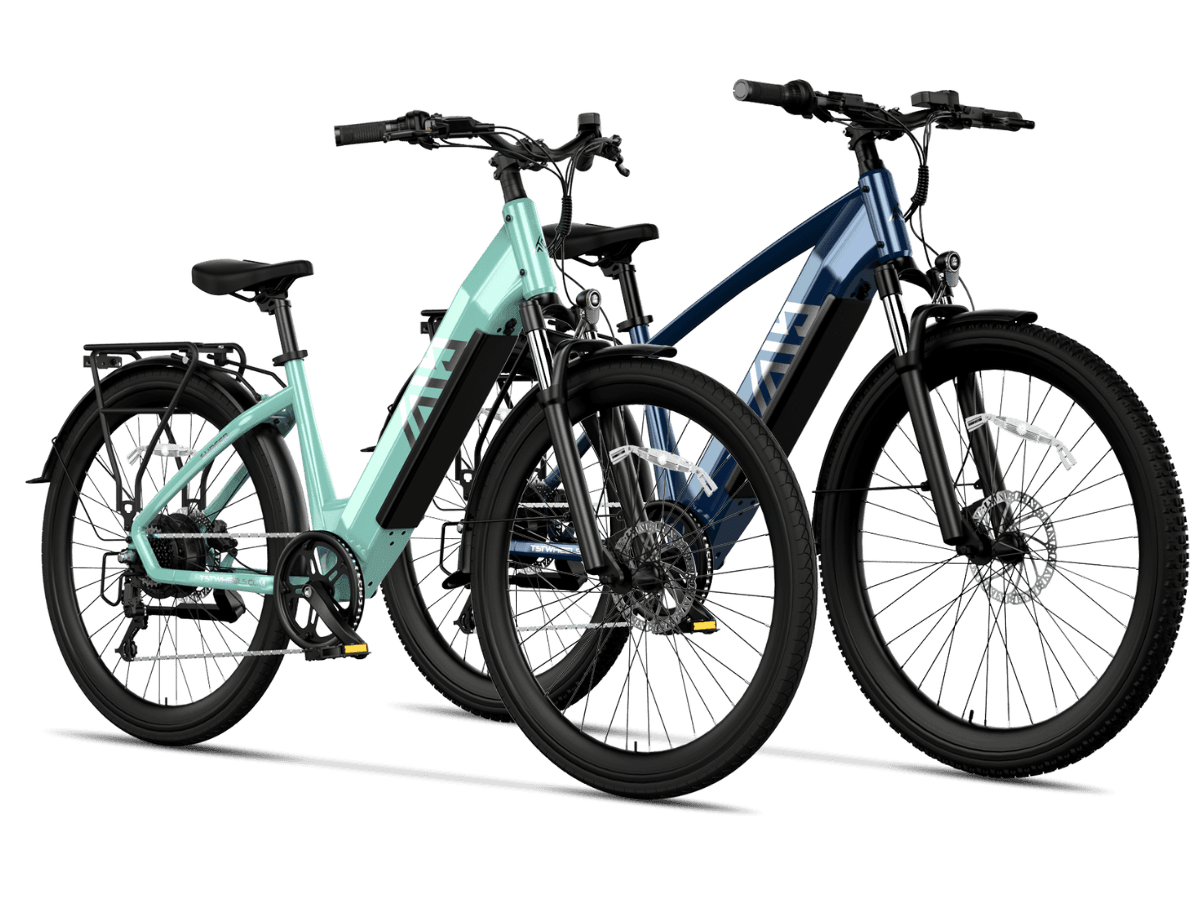
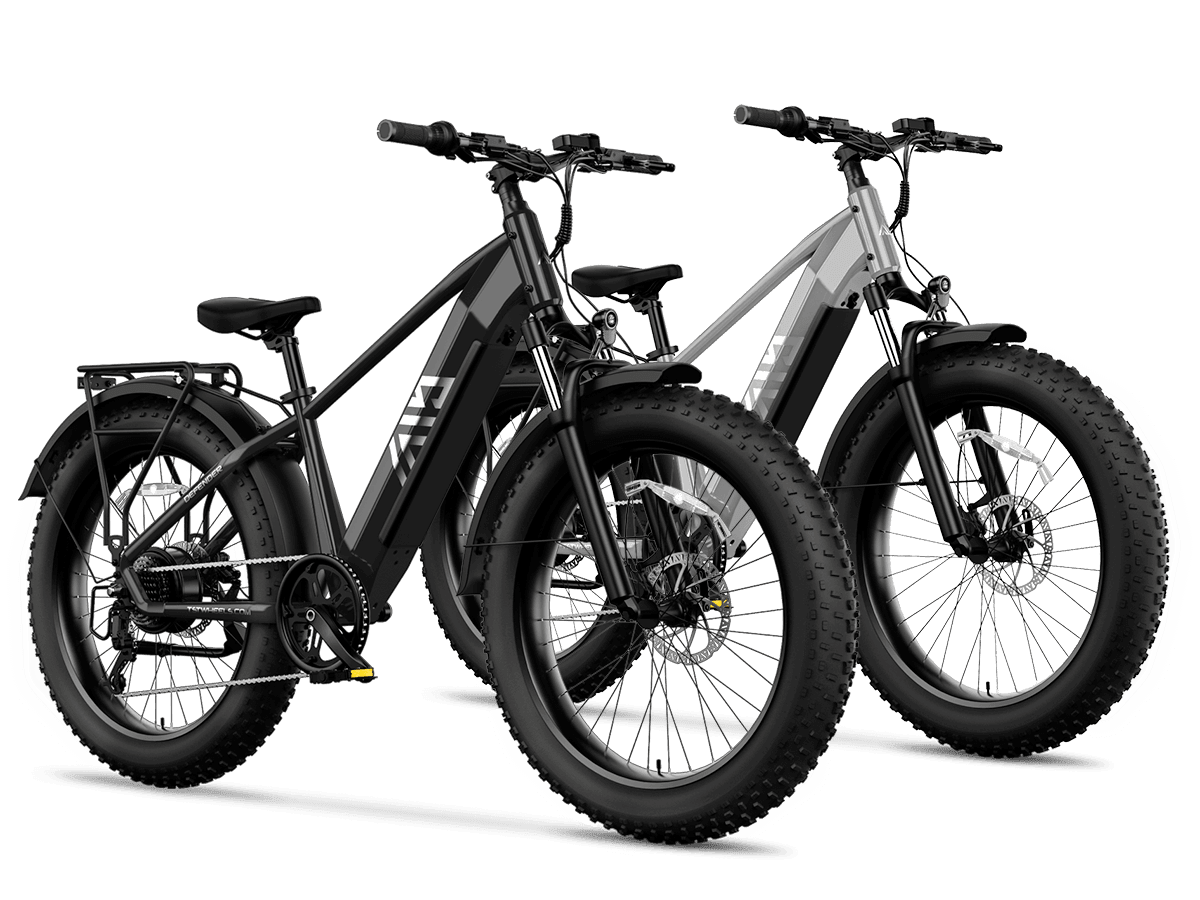
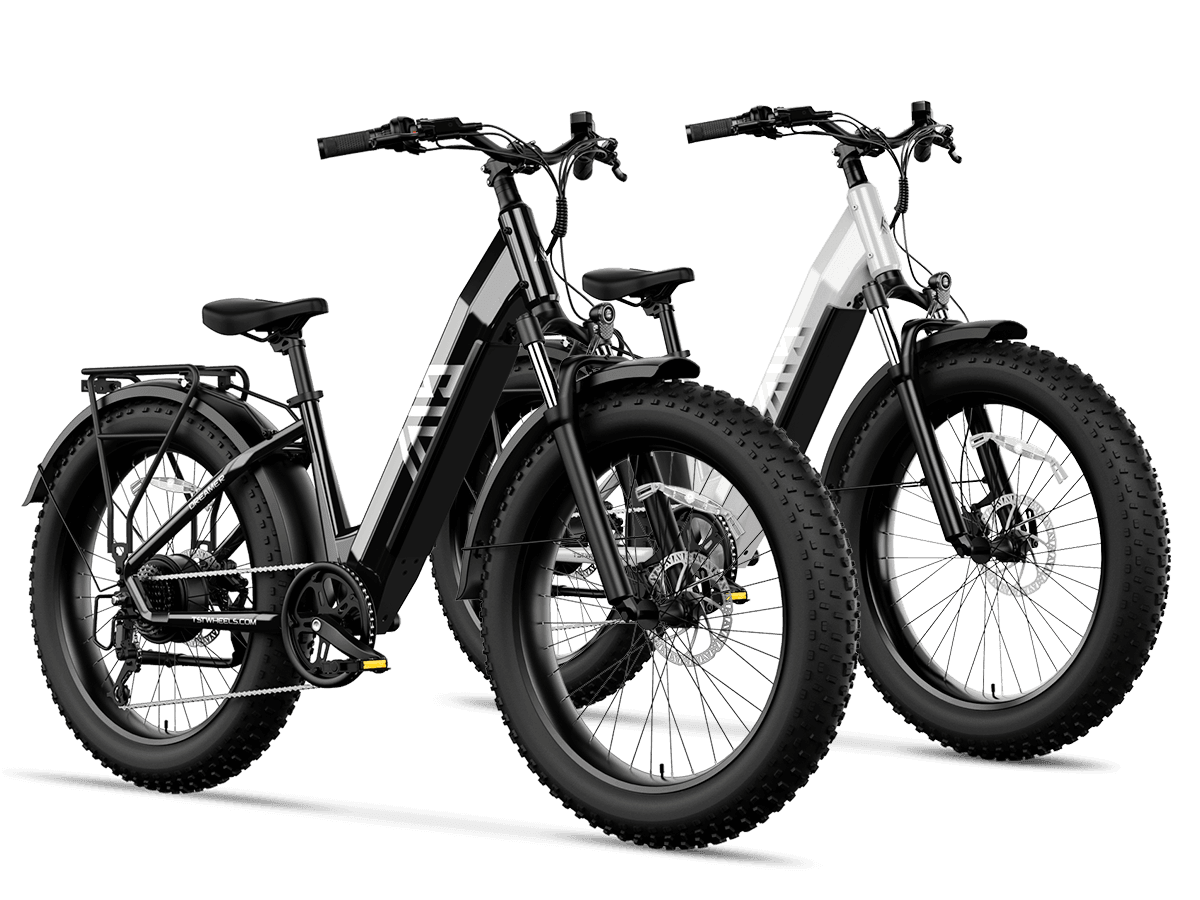
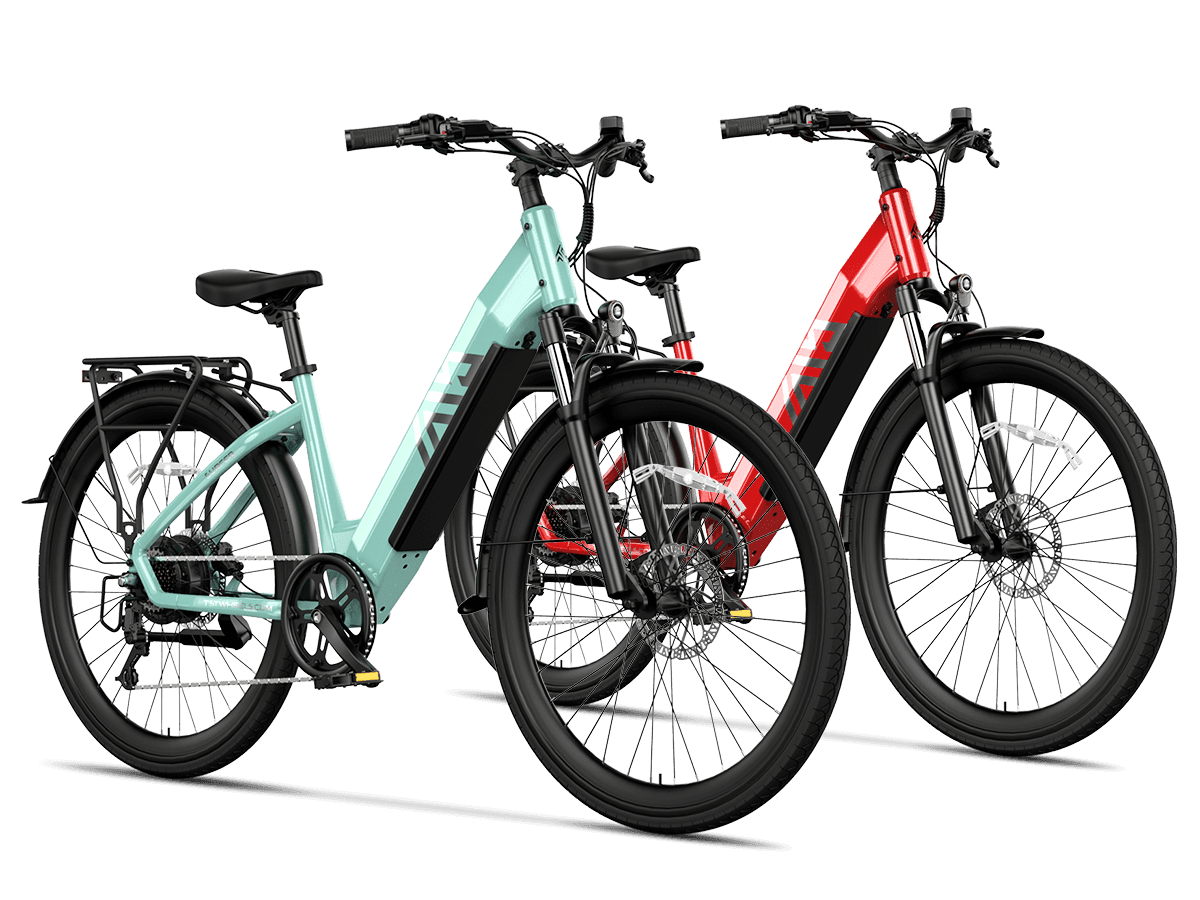
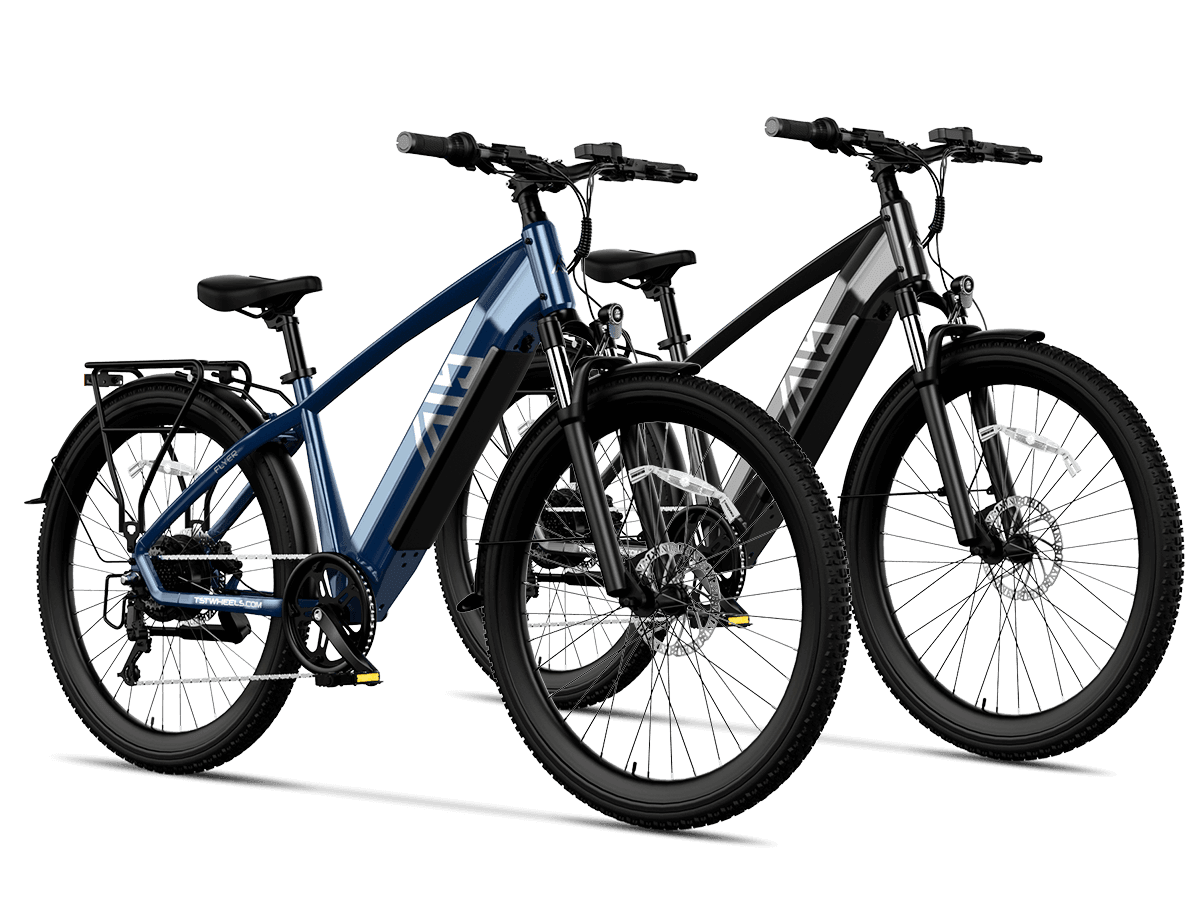
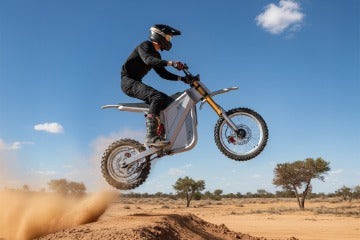
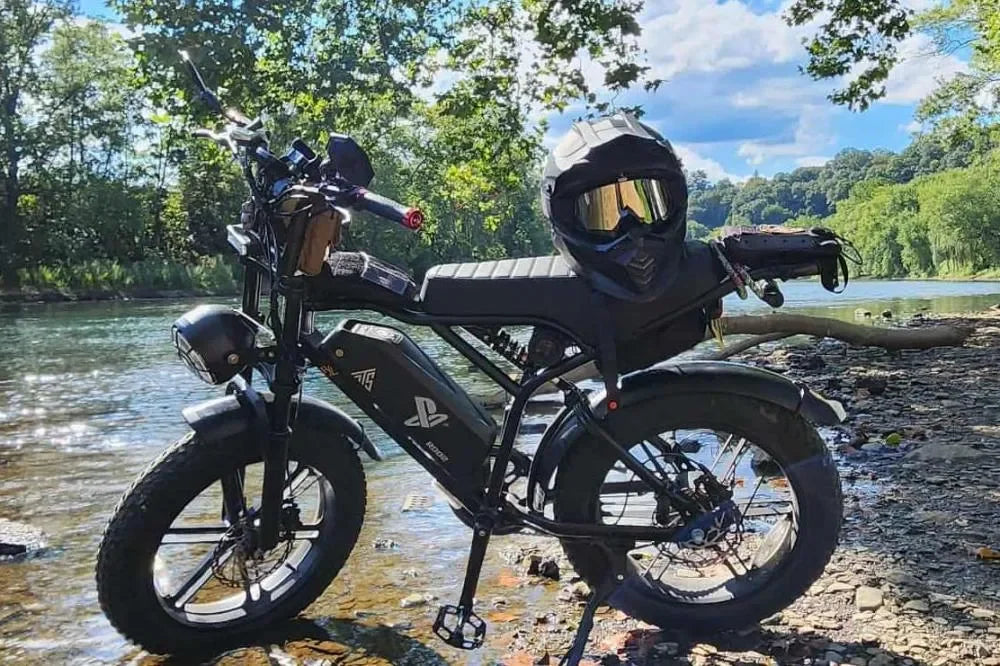


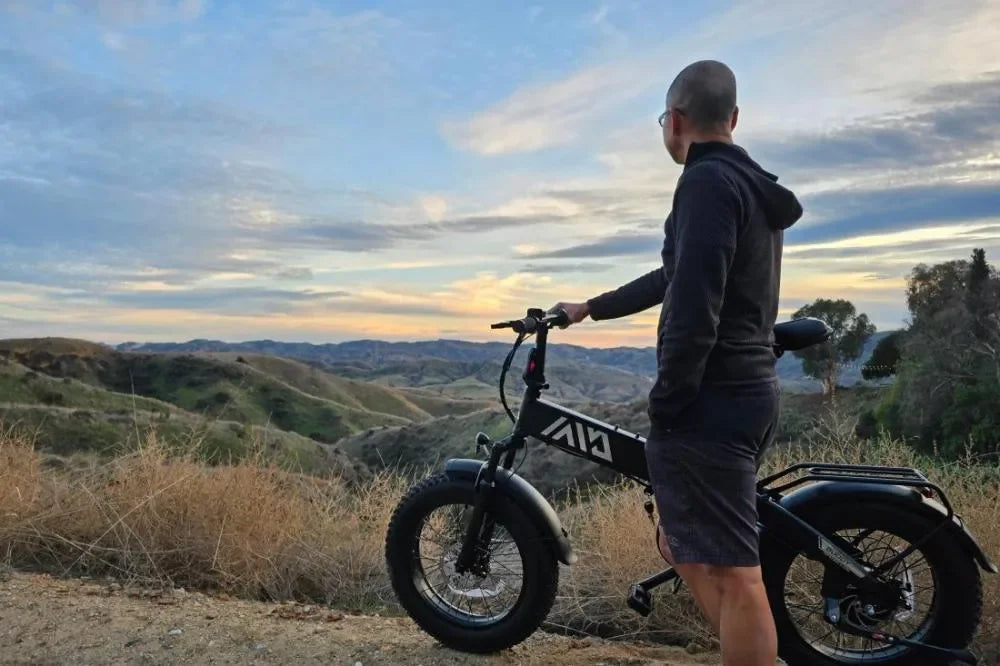
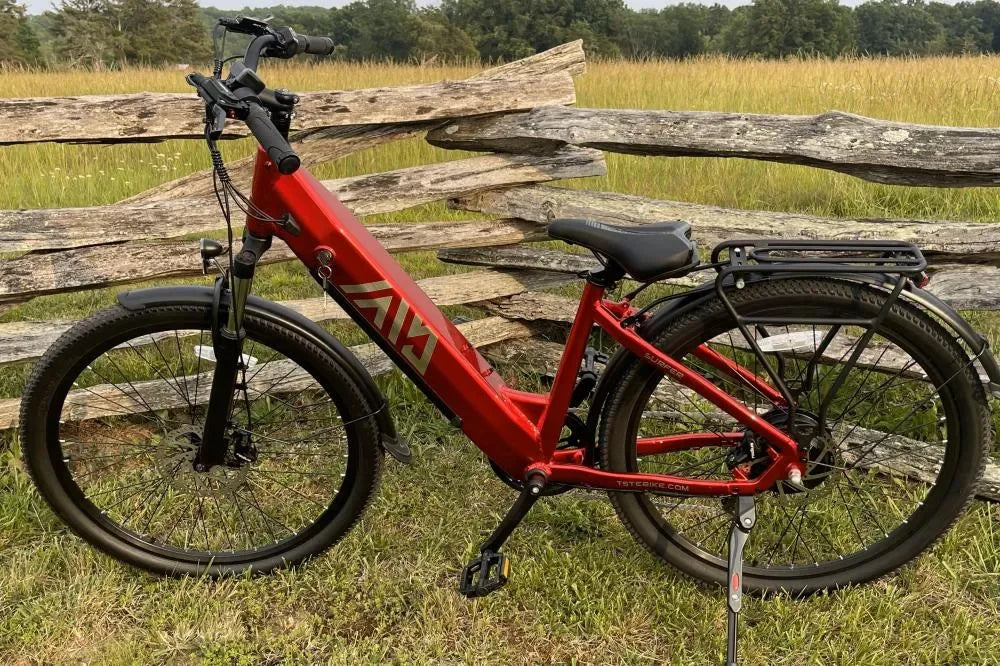
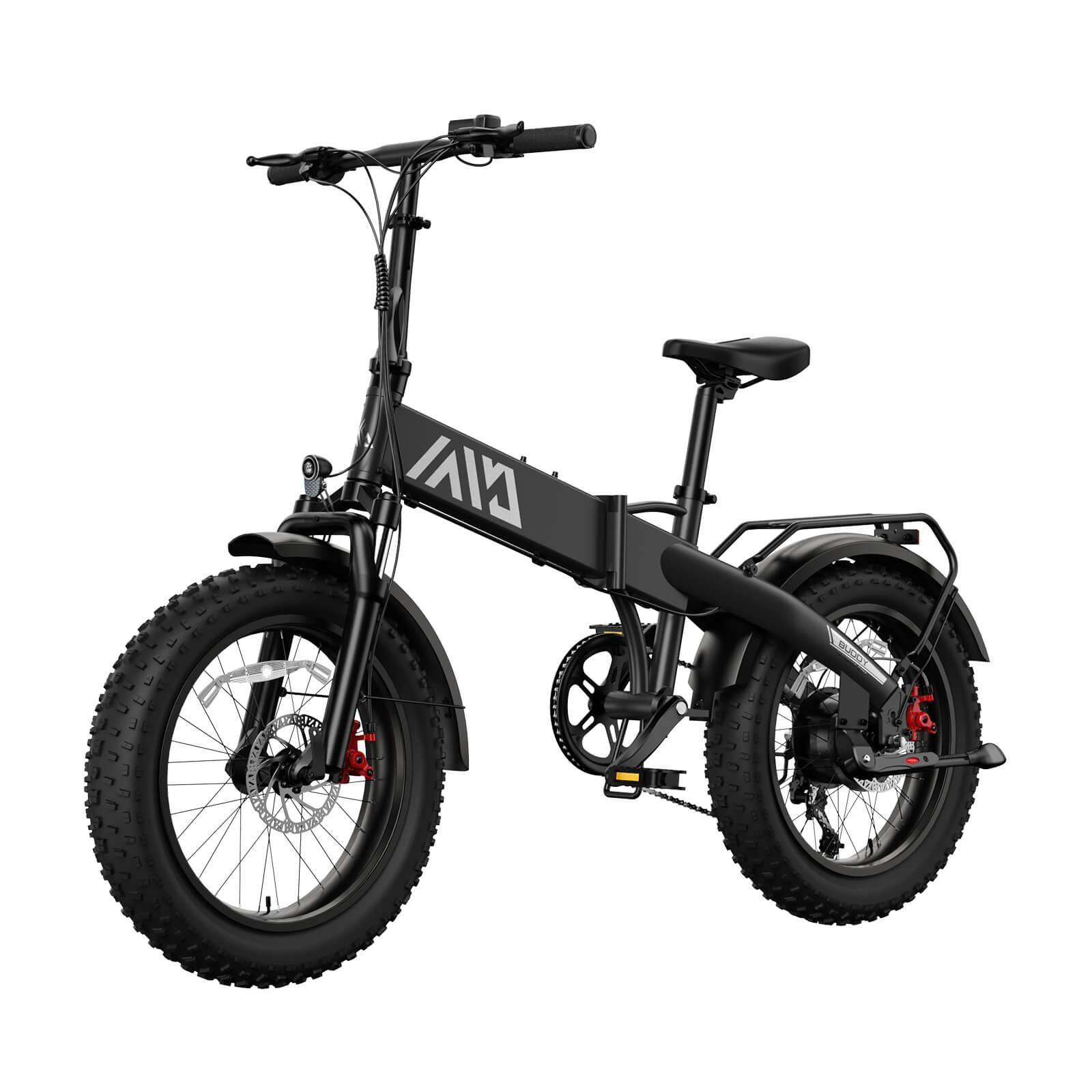
Leave a comment
This site is protected by hCaptcha and the hCaptcha Privacy Policy and Terms of Service apply.